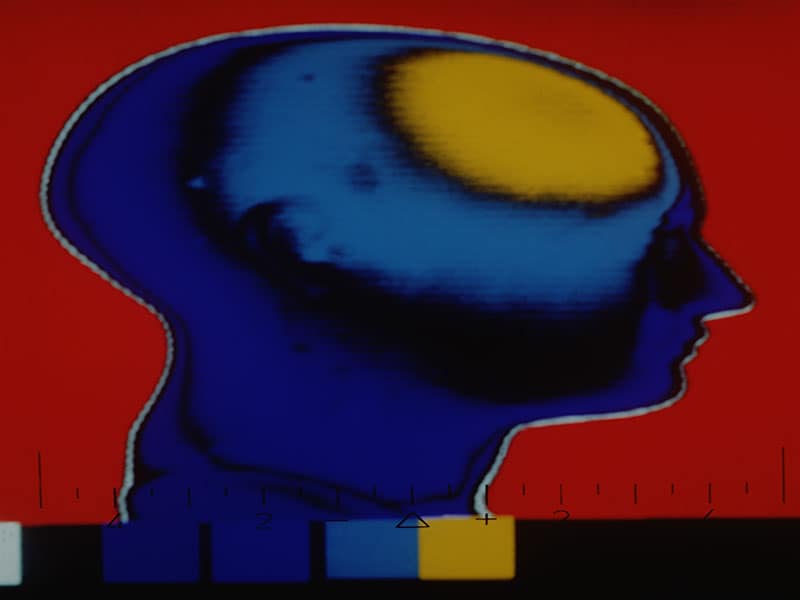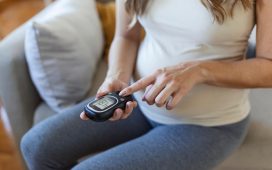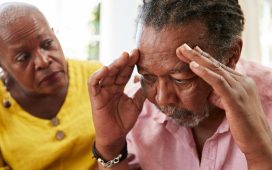Authors of cohort study report 84.4 percent decrease in suicidality after electroconvulsive therapy
WEDNESDAY, Sept. 30, 2020 (HealthDay News) — Electroconvulsive therapy (ECT) may help treat features of bipolar depression, including suicidality, according to study results partially published earlier this year in the The World Journal of Biological Psychiatry and presented at the annual congress of the European College of Neuropsychopharmacology, held virtually from Sept. 12 to 15.
Giulio E. Brancati, Ph.D., from the University of Pisa in Italy, and colleagues examined the differential impact of ECT on single depressive and mixed symptoms in a cohort of 670 bipolar adult patients admitted between January 2006 and July 2019.
The researchers found that response rates were higher than 80 percent for all the psychopathological constructs investigated; the highest rates of response were seen for motor hyperactivity, grandiosity, excitement, tension, suicidality, bizarre behavior, and guilt. The highest remission rate was seen for suicidality: 77 patients (84.4 percent) were at high risk before treatment compared with two patients after treatment. Severe mannerisms and posturing, uncooperativeness, hostility, excitement, motor hyperactivity, and suspiciousness were highly remitting (>60 percent); slightly remitting features included depression, blunted affect, unusual thought, somatic concern, anxiety, and self-neglect (<40 percent). After ECT, all clinical feature scores were significantly decreased; the largest effects were seen for depression, anxiety, self-neglect, guilt, suicidality, tension, blunted affect, and motor retardation.
“ECT is used for major depression, but much less so for the other phases of bipolar disorder, especially for so-called mixed states, which have a lower visibility,” Brancati said in a statement. “These patients need to be given a chance via receiving the right treatment.”
Copyright © 2020 HealthDay. All rights reserved.








